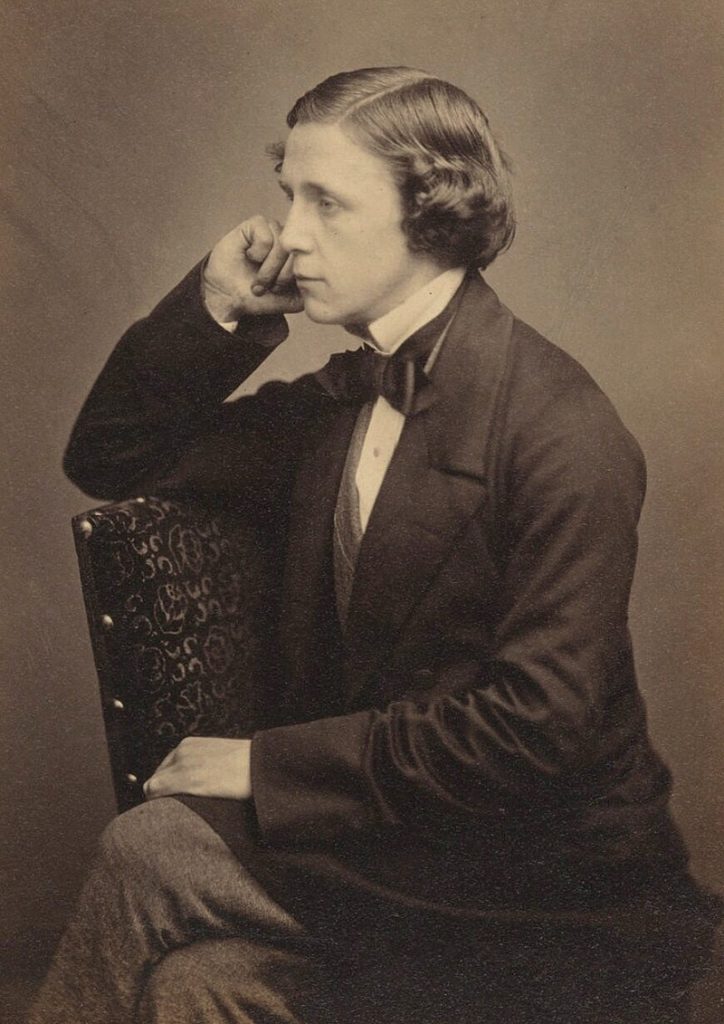Lewis Carroll

| Born | Charles Lutwidge Dodgson 27 January 1832 Daresbury, Cheshire, England |
|---|---|
| Died | 14 January 1898 (aged 65) Guildford, Surrey, England |
| Pen name | Lewis Carroll |
| Occupation | Author illustrator poet mathematician photographer teacher |
| Nationality | British |
| Education | Rugby School, University of Oxford |
| Genre | Children’s literature, fantasy literature, mathematical logic, poetry, literary nonsense, linear algebra, voting theory |
| Notable works | Alice’s Adventures in Wonderland, Through the Looking-Glass, The Hunting of the Snark, “Jabberwocky“, Curiosa Mathematica, Part I: A New Theory of Parallels, Curiosa Mathematica, Part II: Pillow Problems, “The Principles of Parliamentary Representation” |
Charles Lutwidge Dodgson 27 January 1832 – 14 January 1898), better known by his pen name Lewis Carroll, was an English writer of world-famous children’s fiction, notably Alice’s Adventures in Wonderland and its sequel Through the Looking-Glass. He was noted for his facility at word play, logic, and fantasy. The poems Jabberwocky and The Hunting of the Snark are classified in the genre of literary nonsense. He was also a mathematician, photographer, and Anglican deacon.
Carroll came from a family of high-church Anglicans, and developed a long relationship with Christ Church, Oxford, where he lived for most of his life as a scholar and teacher. Alice Liddell, daughter of the Dean of Christ Church, Henry Liddell, is widely identified as the original for Alice in Wonderland, though Carroll always denied this.
Born in All Saints’ Vicarage, Daresbury, Cheshire in 1832, Carroll is commemorated at All Saints’ Church, Daresbury in its stained glass windows depicting characters from Alice’s Adventures in Wonderland. In 1982, a memorial stone to Carroll was unveiled in Poets’ Corner, Westminster Abbey.

 Buy me a coffee
Buy me a coffee